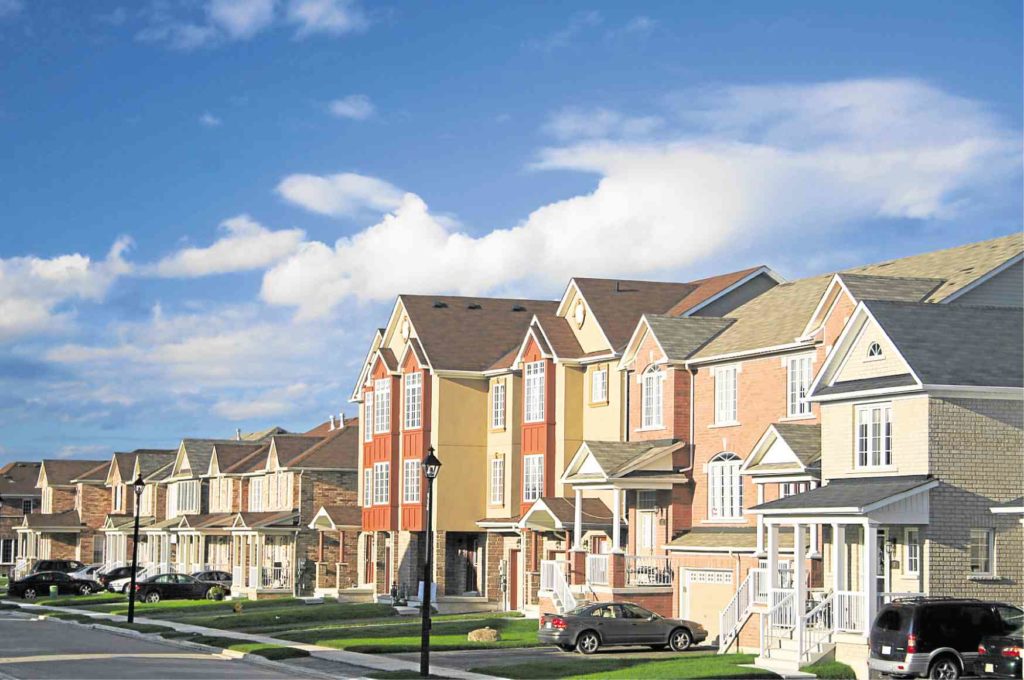How your house can thwart thieves

Your neighbors help deter burglars from picking on your home.
Of all the things that can happen to your home, a burglary is probably the scariest one of them all.
Thieves can easily take away your hard-earned possessions and valuables in the blink of an eye. We never know where and when they can strike.
For protection, we usually turn to security devices such as locks and alarms. Those who can afford it also hire security guards for added precaution.
But did you know that the design of your house can attract or deter would-be burglars?
Rachel Armitage, a Criminology professor at the University of Huddersfield, identified key principles in environmental design to prevent crime.
Article continues after this advertisementAccording to experts like her, you can help protect your home by modifying its features.
Article continues after this advertisementBe seen, be safe
Contrary to popular belief, visibility actually protects your home. In a study conducted by Armitage, offenders in jail were surveyed and interviewed on how they choose homes to rob.
According to many participants, high fences and shrubs are attractive because they can protect robbers from prying eyes. Homes that don’t have fencing, meanwhile, are difficult to rob because they can easily be seen by neighbors.
By keeping your homes open, you can make would-be robbers feel observed and scrutinized. Providing subtle elements of surveillance serve this purpose.
Open window shades and thin curtains suggest that you constantly view the streets from inside. Low shrubs and plants allow you to see across your house. Glare-free outdoor lights help identify the presence and features of passers-by even at night.
By naturally increasing visibility around your home, you are actually inviting your neighbors to keep watch over you.
Protect with pathways
Controlled access to and from your home also deters would-be burglars. An easily recognizable main entrance helps identify the people who enter and exit your home.
Side entries should be kept locked especially if they are seldom used. Entrances near alleys and footpaths are especially risky because these places can easily help robbers get away.
According to Armitage’s study, homes at cul-de-sacs or dead ends are difficult to rob because they have limited access. Those along main roads, meanwhile, are easy to victimize because the noise can mask the break-ins. Houses on corner lots are at risk too because of multiple entry points.
In such cases, make sure your entrances are secured.
Flaunt your defense
Experienced thieves can easily identify good locks from bad ones. True to its promise, a high-quality lock is a sound investment because the mere sight of it can deter thieves.
The longer it takes to pick a lock, the more anxious burglars get during a heist. Participants in Armitage’s study report that they can take up to 30 minutes picking a lock. The time spent in doing so makes them question if the crime is worth it.
Both doors and windows are best fitted with locks. Security grilles help, but the risk of locking yourself in the event of a fire is not worth it.
Consider using bolts instead. Use mortise locks on doors 45 cm or more in thickness .For thinner doors, rim locks are a good option.
With any type of door, never leave keys lying about or hidden in nearby objects. Burglars can easily determine hiding places and once they have your key, your lock is useless.
Consider getting a spare key instead and entrusting it to your reliable neighbors.
Striking a balance
In designing a burglar-proof home, there is such a thing as being too safe for your own good. Even if you wish to deter burglars, you have to be able to easily access or leave your home in the event of an emergency.
It is difficult to find a balance between safety and security. Architects are used to dealing with this and consulting with one is always a wise decision.
Keep in mind that there is no surefire way of keeping your home perfectly safe. No matter how strong your locks are or how controlled your access is, robbery will always be a risk.
Always be on guard because a determined thief can be creative in carrying out a crime.
Nevertheless, the design of your surroundings can greatly impact the security of your home. Before acquiring devices, passive protection should be your first call to keep away intruders.
It doesn’t cost too much to practice security. Even if you don’t have high-end burglar alarms or security guards, you can help burglar-proof your home with subtle design.
(Sources: “New House Book” by Terence Conran; “Why my house? Exploring offender perspectives on risk and protective factors in residential housing design” 2015 Internation Conference Paper by Professor Rachel Armitage)
The author is a licensed architect who studied abroad and currently works for DSFN Architects. Her home is protected by numerous guard dogs and a caring community of neighbors.